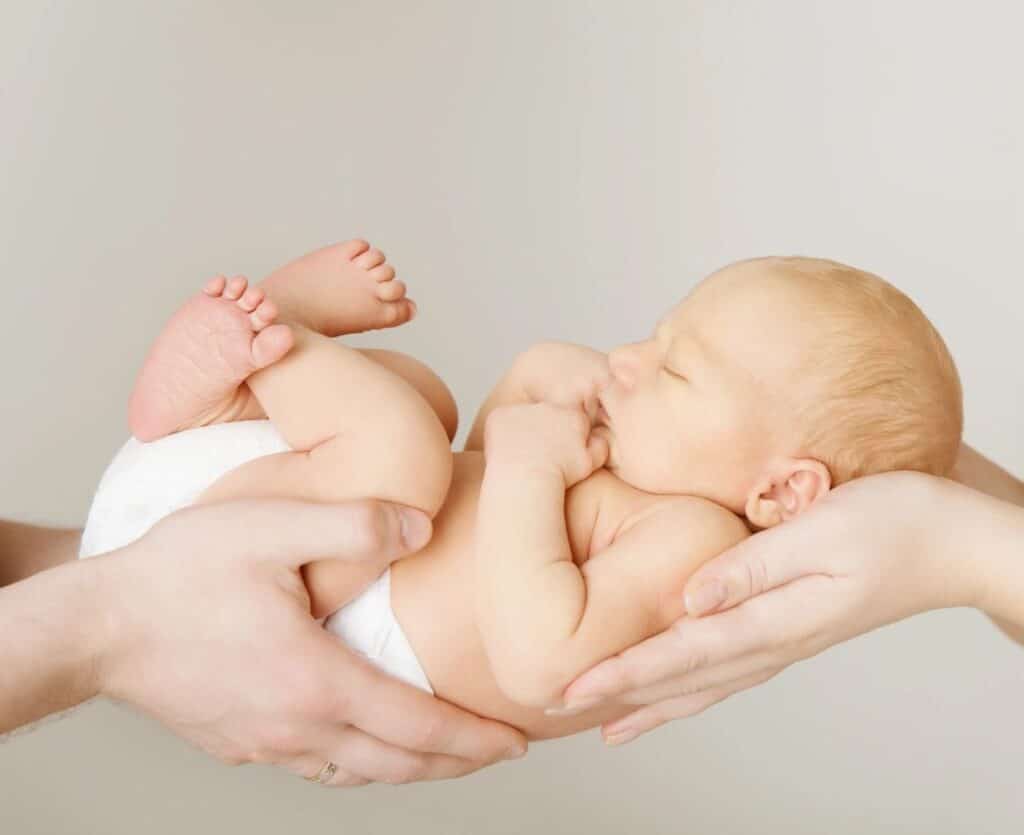In the December issue I wrote on female urinary issues. The second part of this article deals with the causes of and treatments for the various issues that can result in female urinary symptoms.
GSM: Genitourinary
Syndrome of Menopause
Common things are common…fluctuating as well as low oestrogen levels is a common cause of female urinary symptoms. The Perimenopause, topic of an earlier article is characterised by erratic fluctuations in oestrogen. This results in many women in the Perimenopause developing urinary frequency, urgency and discomfort when passing urine. These symptoms usually worsen post menopause.
Lack of oestrogen affects not only the vagina and external genital tissue but also the pelvic floor muscles and the urethra, the urine tube. Tissue in the whole area becomes less plump and this results in retraction of tissue surrounding the urethral opening, leaving it more exposed and therefore less protected. This causes discomfort when we pass urine and makes a woman more prone to true urine infections.
Treatment with vaginal oestrogen alone will effectively eradicate these urinary symptoms, often within a few weeks. Where a woman was also getting proven UTIs, vaginal oestrogen has been shown to prevent future UTIs.
Most patients I see and indeed some doctors I’ve encountered have limited awareness of GSM; Most are aware that lack of oestrogen gives sore, dry, itchy vagina but are unaware that it also causes urinary symptoms.
Urinary Tract Infections, UTIs: Yes, treat, but…
When urine dipstick test indicates an infection, a short three-five day course of a mild antibiotic is needed.
Where a woman has had three or more urine analysis-proven UTIs in a year, she needs full investigation to identify any underlying causes.
However, I have seen a few patients being treated with repeated courses of oral antibiotics in the absence of proven infections, when treatment with vaginal oestrogen for GSM completely resolved the urinary symptoms.
Detrusor instability: also known as Overactive Bladder or OAB
OAB is a less common condition where the bladder contracts when it is not yet full. This occurs, often in a vigourous and abrupt way, resulting in a pressing and sometimes uncomfortable urge to pee. This can result in a woman having an urge to pee twenty or more times in the day and usually also several times at night. It can be associated with Urge Incontinence, which is when woman completely empties her bladder because she is not able to get to a bathroom fast enough. If this is suspected, I do a pre and post micturition scan, which looks at how the bladder fills and empties. A more detailed urination test called urodynamics is preferable but access to this test is usually only via a specialist clinic. OAB can be effectively treated with tablets.
Prolapse – what do we mean by that?
For most patients I talk to, Prolapse is a scary word. It conjures up an image of their womb dropping out of their vagina: this is rarely the case. Here are some very useful links to information including useful anatomical images that clearly explain the different types of prolapse:
• www.yourpelvicfloor.org
• www.inga.org
Most pelvic organ prolapse types do not involve prolapse or descent of the womb itself but are actually a prolapse of the vagina wall.
When we’ve had three or four babies, the muscles of the vaginal wall get stretched, weakened and the vagina does not spring back to its previous size and tension. Therefore for many women over 40, the vagina is more like a tardis: the vaginal opening or introits is much smaller than the width on the inside.
What happens over time is the stretched, weakened vagina wall can sag or flop forward and down sometimes giving a lump sensation in the vagina. This usually happens with the front wall, called a Cystocele or Anterior prolapse but can involve the back wall of the vagina, called a Rectocele or posterior prolapse.
Because the front wall of the vagina lies directly behind the bladder, a cystocele pulls on the back of the bladder. This can result in frequent urination, difficulty completely emptying the bladder and most bothersome, stress incontinence. Stress incontinence is when a small amount of urine leaks as a result of sudden downward pressure on the pelvic floor such as when we sneeze or cough.
However, for many women with a cystocoele, the stress incontinence often worsens so they end up needing to wear a pad just going for a walk.
Treatment
From early in pregnancies and onwards pelvic floor exercises are vital to maintain good pelvic floor muscle strength and preventing prolapse and stress incontinence. (See www.yourpelvicfloor.org)
While I recommend we all continue to do these exercises throughout our lives, no amount of exercising will get rid of a medium to large sized cystocele. This does not mean a woman must have surgery. I can fit a small rubber ring pessary inside the vagina that stops the prolapse from flopping down. This usually also improves the stress incontinence. If the ring pessary works well, the woman simply needs to return every six months to have it changed. The woman does not feel there is anything inside and there is no problem having sex with one in. Many GPs are skilled in fitting ring pessaries.
If significant leaking persists in spite of my treatments, then I refer to a Uro-Gynaecologist for an opinion as to whether surgery might help. Not every type of incontinence is helped by surgery.
I hope his has been helpful and again I emphasise; if you have trouble with your waterworks: see your GP or come and see me in the Women’s Health Service in Skibbereen.




